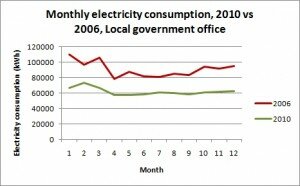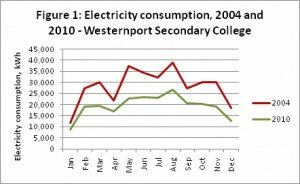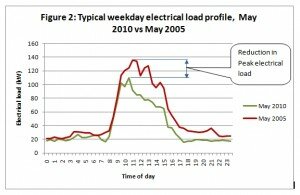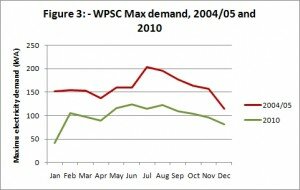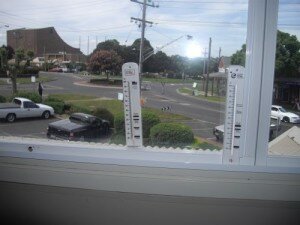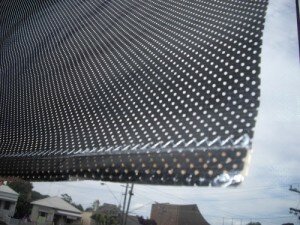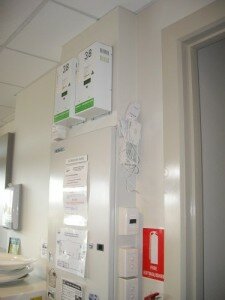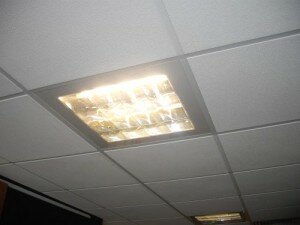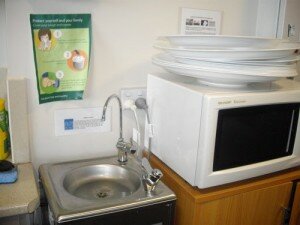A carbon tax is only likely to foster the much more efficient use of energy, and substantially reduce carbon emissions, if it provides a price shock.
Supply/demand economics says that the demand for a product is inversely proportional to price, the higher the price the lower the demand. In theory, as a carbon tax would increase energy prices, then people should search out ways to use less electricity.
However, demand for electricity is largely insensitive to price, unless of course the price increase is large and sudden.
For example, there is no doubt that over the last year or two household electricity prices have increased. Has this reduced demand? I don’t have any access to data, but anecdotally for the large majority of households I think not. And the reason for this, I would argue, is that whilst the increase may have been in the order of say 15%, the increase has not been enough for energy consumers to consciously focus on reducing their energy usage. Sure, the price increase is enough for many of us to complain. But not enough to take action to reduce our consumption.
Electricity prices in Australia are very low compared to wages. For most organisations the cost of energy is only around 1% of their total operating costs. If the price increases by 20% its not exactly damaging the bottom line.
AGLs chief economist has warned of power prices doubling by 2015. Contrary to popular opinion, electricity price rises to 2015 will be driven more by network and generation capacity constraints than by carbon pricing.
Surely a doubling in electricity prices over the next 5 years would reduce electricity consumption? Yes, I think it will, but not by much. But a doubling over a one or two year period would probably significantly reduce electricity consumption.
For example, lets take a business that has a 20% gross profit margin, and spends 1% of its income on energy. An increase over one year of energy prices of 20%, will reduce its gross profit by just 1%. This is unlikely to get much interest. On the other hand, if electricity prices doubled, the gross profit would by cut by 5%. This is more likely to get attention drawn to it and foster action to reduce electricity usage.
The science, as recently highlighted again by Professor Ross Garnaut, is very clear that we must reduce carbon emissions. Therefore a carbon tax, if it significantly increases the price of power over a short time period, is likely to drive energy consumers to use less energy. Many energy consumers will seek to use energy more efficiently, whilst still getting the same outcome from their use of energy.
And, contrary to popular perception, cutting energy consumption by 50% or more is possible with today’s technology. But you have to genuinely want to reduce your energy use to do that. A number of our clients have halved or nearly halved energy consumption in their schools or offices, with a payback typically of 5 years or less.
If you really want to, you can probably cut your energy consumption by 15% to 20% AT NO COST. A company of lawyers we worked with cut electricity usage in their office by 19% without any investment in equipment, just by choosing to waste less power. Our low electricity prices relative to wages mean that Australians are very wasteful of energy.
From a scientific perspective we must reduce GHG emissions rapidly. Anything that therefore reduces the consumption of fossil fuels and drives the demand for renewable energy is to be welcomed.
To be confident of a stable future climate, the science says slash carbon emissions now. A carbon tax that produces a price shock will help achieve this. Energy efficiency will help us cope with the price shock. Electricity at $0.50/kWh in 2012 would be great to help slash emissions.


